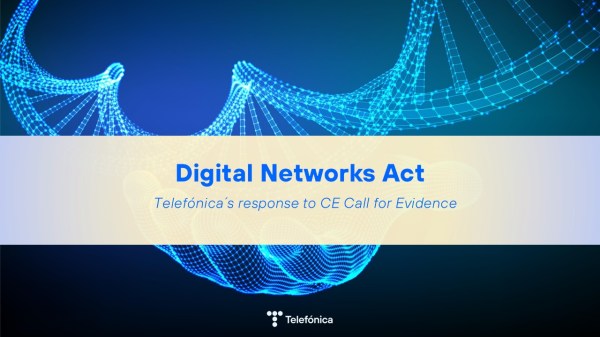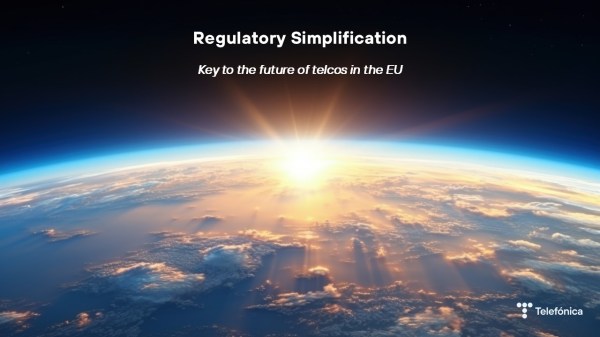Today, thanks to networks, connectivity and the massification of the internet, multiple opportunities have opened up for reducing the digital divide in Latin America. This is particularly relevant when we consider that the region is the second most unequal in the world.
According to the IDB, an investment of US$68 billion would be needed to close the digital divide, and while most of the investment would come from the private sector, strategic public investment and new operational models based on partnerships between private and public, local, regional and international actors are needed. The Latin American Congress on Digital Transformation (CLTD) also dedicated a space to discuss the investment gap and the challenge faced by the industry in terms of financial sustainability for a digital future. The need to look for alternative financing formulas to continue towards the densification and modernisation of networks was highlighted. Therefore, one of the industry’s main commitments and challenges is to promote digital inclusion, for example, by connecting rural areas through public-private efforts and massifying collaborative projects that provide equal opportunities in relevant sectors such as health, education and employment.
Without going any further, in rural areas of the region, barely 35% have access to the internet, and in some countries this figure is only 10%.
Digital inclusion as the cornerstone of our activity
Inclusion is at the heart of Telefónica’s business, which is not just another programme, but the business itself. This was reaffirmed at the CLTD and M360º Latam, held recently in Mexico City. There, Telefónica Hispanoamérica – a unit of the group that operates in Argentina, Chile, Colombia, Ecuador, Peru, Mexico, Uruguay and Venezuela – highlighted the importance of expanding connectivity as a first step to promote digital inclusion. The aim is to ensure that the technological revolution reaches everyone, especially the less favoured, remote and rural areas of the region, in order to connect the unconnected.
We proudly re-emphasised at this forum that digital inclusion is at the heart of what we do. It involves expanding connectivity and boosting the development of skills and capabilities in the population to take advantage of the benefits of internet access and technology. That is why we seek to connect opportunities.
New business models in the sector
To achieve this, Telefónica Hispanoamérica has implemented new operating models in which industry cooperation is key, which were presented throughout the event. For example, alliances and cases of infrastructure sharing and the development of neutral wholesale networks that can be used by different companies, which is a fundamental pillar of Telefónica Hispam’s strategy in the region.
Telefónica has demonstrated its experience in these new models in Colombia and Chile, where it has partnered with investment fund KKR to develop neutral wholesale businesses to help expand fibre to the home. In Chile, there are already 3.5 million homes with the possibility of contracting fibre optic service, while in Colombia there are 2 million.
Meanwhile, in Peru, Telefónica has created “Internet Para Todos” in collaboration with Meta (Facebook), IDB Invest and CAF, with the aim of expanding mobile internet access in rural areas. Starting in 2019, this virtuous telecommunications innovation has provided 4G connectivity to more than 3 million people living in remote areas.
And in Mexico, a capacity agreement to another operator’s wireless last-mile access network has been in place since 2019, enabling LTE network coverage in around 230 markets, representing 83% of the North American country’s population and 30% more than in 2019.
Alliances to boost connectivity in the region
Given this series of examples, as I indicated during the meeting, we can affirm that alliances in the telecommunications sector are effective and recommendable, because they massify connectivity, generate efficiency in investments and avoid duplicating infrastructure. In addition, they allow us to have a faster deployment, which has a social impact on access to these services for a larger population. Adequate public policies are essential to replicate this model in other countries and facilitate the closing of the digital divide in the region.
In this way, Telefónica Hispanoamérica reaffirms its commitment to expand connectivity through initiatives that promote conditions and alternatives so that internet deployment continues to grow in the region.









